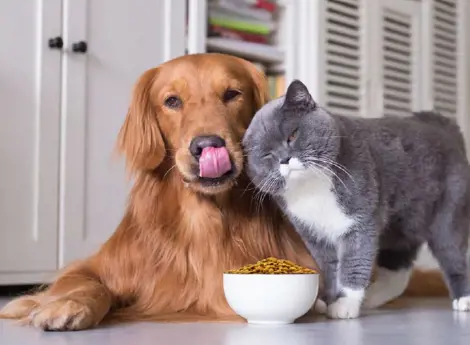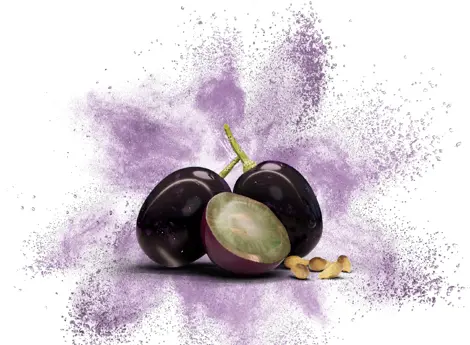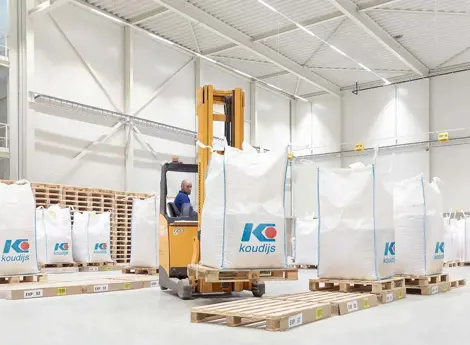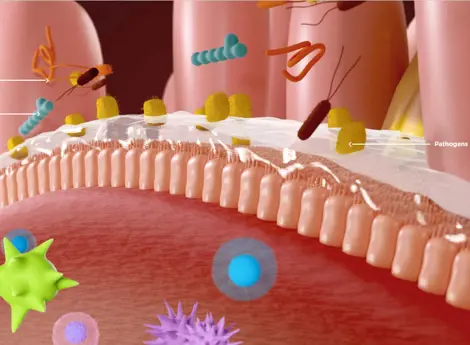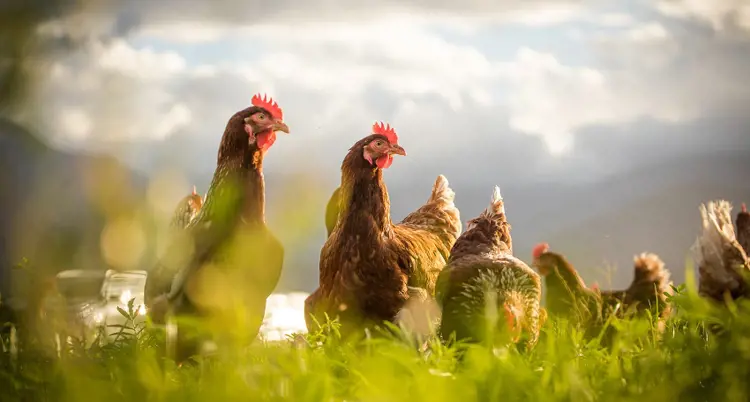
Although countries differ in their approach to this issue, since 2020 the EU has listed phosphate rock and phosphorus as critical raw materials whose maximum levels need to be reduced. At the same time, there has recently been a serious shortage of these materials causing price spikes and increased competition for supplies. These developments show that phosphate is not only a Western European issue but also one that emphasises the importance of careful usage across the sector.
So what opportunities are there to lower phosphate content in feed without compromising animal health, welfare or optimal growth?
This question will become increasingly important in the coming decades, as will nitrogen, CO2, and methane reduction. The animal feed sector is tackling these issues and Koudijs wants to help its customers achieve their reduction goals. In this article, we discuss reducing phosphate in animal feed without adverse effects.
Differences in phosphorus content
In the various animal sectors in Europe, there are significant differences in gross phosphorus content in feed. For example, in the egg-laying poultry sector, inorganic phosphorus in feed ranges from 0.40-0.55% in the same type of feed. For meat pigs, it varies between 0.40-0.60%.
On further examination, these differences appear to be mainly due to requirements related to animal feed formulation. There are several underlying causes for this: 1) conservative nutrition, 2) use of older generations of phytases and 3) incorrect dosage of phytases. With higher phosphorus requirements and a lower dosage of the older generations of phytase, the gross phosphorus content in animal feed remains relatively high. This results in a considerable cost increase which is no longer necessary given the current availability of high-quality phytases.
Insufficient use of phytase
One of the reasons why many companies related to the animal production chain have not yet made the transition in their recommendations to increased use of phytase, is that they do not have a direct relationship with animal feed production. These companies often give general recommendations about phosphorus levels in animal feed which do not, or only partly, take into account the use of phytase. Companies therefore decide to take a safe approach and build in an extra safety margin.
More possibilities with phytase than you think
Meanwhile, animal experiments have shown that superdosing of the latest generation of phytases in both poultry and pigs of certain ages delivers excellent animal production without the addition of inorganic phosphorus minerals (MCP/DCP). Superdosing of new generation phytases ensures more complete phytate destruction, resulting in a more complete reduction of phytate as an inhibitor of digestion. This allows animals to acquire more nutrients from feed and raw materials. An additional advantage is that feed becomes more digestible, releasing other nutrients that are normally bound by phytate molecules. These nutrients include proteins (improving amino acid digestibility) and to a minor extent starch, and even naturally available minerals and trace elements like calcium, copper, iron and zinc. Moreover, superdosing has a cost-saving effect.
Other strategies for reducing phosphate usage
Besides the use and higher dosage of phytase, there are other opportunities to reduce phosphate use. When lowering the amount of inorganic phosphorus, it's important to know and monitor the phosphorus content in the raw materials used. In this way, it's safer to calculate closer to the nutritional needs of the animal.
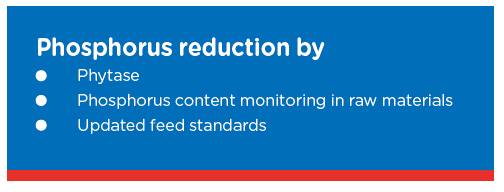
Contact us
From time to time, feed standards need to be re-evaluated and updated based on the latest research results. Koudijs has the experience identify opportunities in daily practice. If you are interested, you can discuss this further with your Koudijs Account Manager.
About the author

Marnix van de Wetering
Specialist Poultry
Do you have any questions or would you like more information? Get in touch with Marnix.

